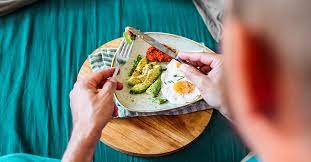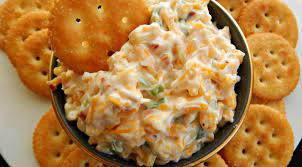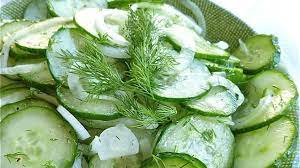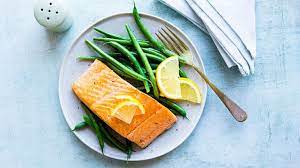4.Garlic
Cholesterol Reduction: 9-12%
Studies show that less than half a clove (900mg) of raw garlic a day can lower cholesterol by 9-12%. Raw garlic is best and can be added to olive oil salad dressings, or as a garnish on soups and sandwiches.
5.Almonds
Cholesterol Reduction: 7-10%
Several studies report that eating up to half a cup of almonds can reduce cholesterol levels by up to 10%. In a dose-response study, it was found that a quarter cup of almonds reduces cholesterol by 5% and half a cup causes the full 10% reduction. As almonds are a high calorie food,it is not recommended that you eat more than half a cup. Almonds are great as a snack, or as an addition to breakfast cereals like oatmeal.
6.Lycopene Foods
Cholesterol Reduction: 0-17%
Lycopene is a carotenoid pigment responsible for giving fruits and vegetables their red color and is found in tomatoes, watermelon, and various other high lycopene foods. Studies are conflicting as to whether lycopene reduces LDL cholesterol or not. Some studies report a 10-17% reduction while other studies find no difference. Despite this difference, lycopene is thought to generally promote heart health whether it lowers LDL
7.Walnuts and Pistachios
Cholesterol Reduction: 10%
Numerous studies report a reduction in cholesterol with consumption of walnuts or pistachios. This is especially true when the fats from the nuts replace consumption of other high cholesterol fats. Consuming around 30 grams of walnuts, or having the nuts be about 20-30% of the total caloric intake is necessary to achieve the cholesterol-lowering benefits
8.Whole Barley
Cholesterol Reduction: 7-10%
Like the bran from oats and rice, barley reduces cholesterol, particularly when it is used as a substitute for wheat products. Barley can easily substitute for wheat in the form of barley noodles, barley flour, or whole pearl barley.




